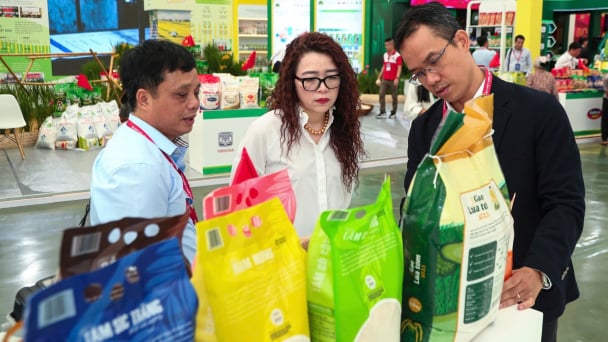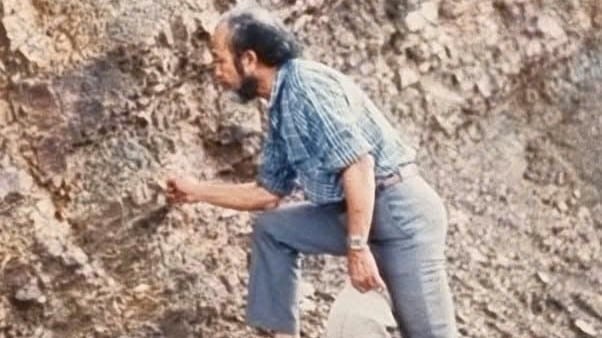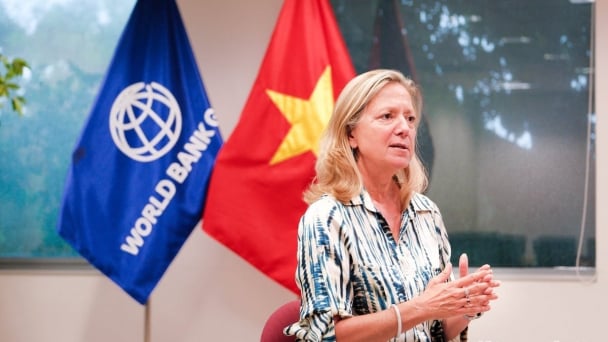September 1, 2025 | 03:37 GMT +7
September 1, 2025 | 03:37 GMT +7
Hotline: 0913.378.918
September 1, 2025 | 03:37 GMT +7
Hotline: 0913.378.918

The current research findings indicate that the crop may have been exported before being fully domesticated, and may actually have undergone the final stages of domestication in South America – far from its Mexican origins.
They’ve found traces of this ancient, partially domesticated plant in Brazil, which is farther from the crop’s historic point of origin in Mexico than any other similar evidence. But the story doesn’t just end here.
The maize specimens discovered by the scientists were found hidden away in the Peruaçu Valley of Minas Gerais state, and they offer a fresh perspective on our understanding of the plant’s history.
The study was led by a group of dedicated researchers from the University of São Paulo (USP) and the Brazilian Agricultural Research Corporation (EMBRAPA).
According to commonly accepted theory, maize was domesticated in Mexico by early farmers.
When archeologists from the Federal University of Minas Gerais (UFMG) conducted initial excavation work in the Peruaçu Valley back in 1994, they discovered maize cobs, straw, and seeds of partially domesticated maize. They dismissed these as domesticated maize that simply hadn’t grown properly, rather than imagining that it was still in the process of domestication.
The current research findings indicate that the crop may have been exported before being fully domesticated, and may actually have undergone the final stages of domestication in South America – far from its Mexican origins.
This controversial idea was first proposed in 2018. Back then, genetic studies on living plants gave a hint that our age-old understanding of maize history might need a revision.
The magical world of genetics brought these forgotten specimens from 1994 back into the limelight.
A re-examination of the old material revealed traits that tied it to the ancestral plant, Teosinte, which was native to Mexico, and was first domesticated around 9,000 years ago. This ancient plant reportedly arrived in southwestern Amazonia about 6,000 years ago.
The current findings have been published in the journal Science Advances. Study lead author Flaviane Malaquias Costa was part of the research team while she was a PhD candidate and postdoctoral researcher at Luiz de Queiroz College of Agriculture (ESALQ-USP).
“These samples were initially considered specimens of domesticated maize that had failed to grow sufficiently,” said Malaquias Costa.
“However, in light of genetic evidence that the final domestication process may have occurred in South America, we analyzed the material again and found several traits shared with the ancestral plant from which maize originated in Mexico 9,000 years ago and that arrived in southwestern Amazonia 6,000 years ago.”
Peruaçu Valley is approximately 4,400 miles (7,150 km) from Mexico, and the samples found there exhibit the most primitive characteristics ever discovered at such a distance from maize’s center of origin.
Though there were human populations in Peruaçu Valley around 10,000 to 9,000 years ago, maize seems to have arrived in the region relatively late – around 1,500 years ago.
Interestingly, the samples dated back to between 1,010 and 500 years ago, and displayed traits of partial domestication. This time period mostly precedes the arrival of Europeans in South America.
Thus, it seems that the local Indigenous communities completed the domestication of this maize species through their relentless efforts in selecting, managing, and stabilizing traits that eventually formed today’s South American maize varieties.
Courtesy of Fábio de Oliveira Freitas, a researcher at EMBRAPA Genetic Resources and Biotechnology in Brasília, this piece of information becomes another chapter of the maize saga.
Further insights gained from the Peruaçu Valley samples revealed their close relation to the Entrelaçado variety of maize from the Brazilian states of Rondônia and Acre.
According to Elizabeth Ann Veasey, a professor at ESALQ-USP, this variety originated in South America through the selection of various other maize populations.
She extended this point by drawing parallels between the ancient traces and extant varieties discovered during the study in several locations across Brazil and Uruguay.
The transition from the wild plant, Teosinte, to domesticated maize is marked by certain morphological traits. One such marker is the number of grain rows.
While Teosinte, the wild grass native to Mexico that was first domesticated around 9,000 years ago, typically has fewer than eight rows of seeds per ear (cob), modern South American maize varieties grown in lowland areas have eight to 26 rows.
On the other hand, the ancient samples from Peruaçu Valley showcase between four and six rows per ear.
Such a monumental discovery not only reshapes our scientific understanding but also holds a significant cultural value. The Peruaçu Valley is home to some of the rarest cave art in the world that features crops.
Besides being depicted on the cave walls, maize was discovered in buried baskets, possibly as offerings for the dead.
Furthermore, there are significant geopolitical implications. If it is established that the final domestication of maize took place in Brazil, these genetic resources can no longer be considered exotic.
This will necessitate conservation efforts and discussions regarding property rights in international treaties.
The full study was published in the journal Science Advances.
earth

(VAN) Vinod Ahuja, FAO Representative in Viet Nam, affirms that Vietnam's success lies not only in its abundant national reserves but also in increasingly diversified value chains and enhanced competitiveness.

(VAN) Vietnamese engineers have mastered technology, successfully manufacturing an automatic system for environmental agricultural monitoring and measurement, aiming at the dream of 'robotization'.

(VAN) Over the past 80 years, the food sector has walked alongside the nation, from shared jars of rice during the resistance to ships carrying Vietnamese rice brands across the five continents.

(VAN) Vietnam’s geology sector has marked its presence through achievements in mineral surveying and exploration, affirming the country’s resource potential and contributing to sustainable development.

(VAN) The Viet Nam Institute of Meteorology, Hydrology and Climate Change Director shares insights on 80 years of the sector’s achievements, its role in disaster forecasting, and messages for the younger generation.

(VAN) VAN News cordially introduces the message from Mariam J. Sherman - World Bank Division Director for Viet Nam, Cambodia and Laos - about the Viet Nam's 80-year journey of development.

(VAN) That is the theme of the 2025 International Workshop “2nd International Conference on Biological Protection in Sustainable Agriculture (ICBPSA),” held in Hue City.